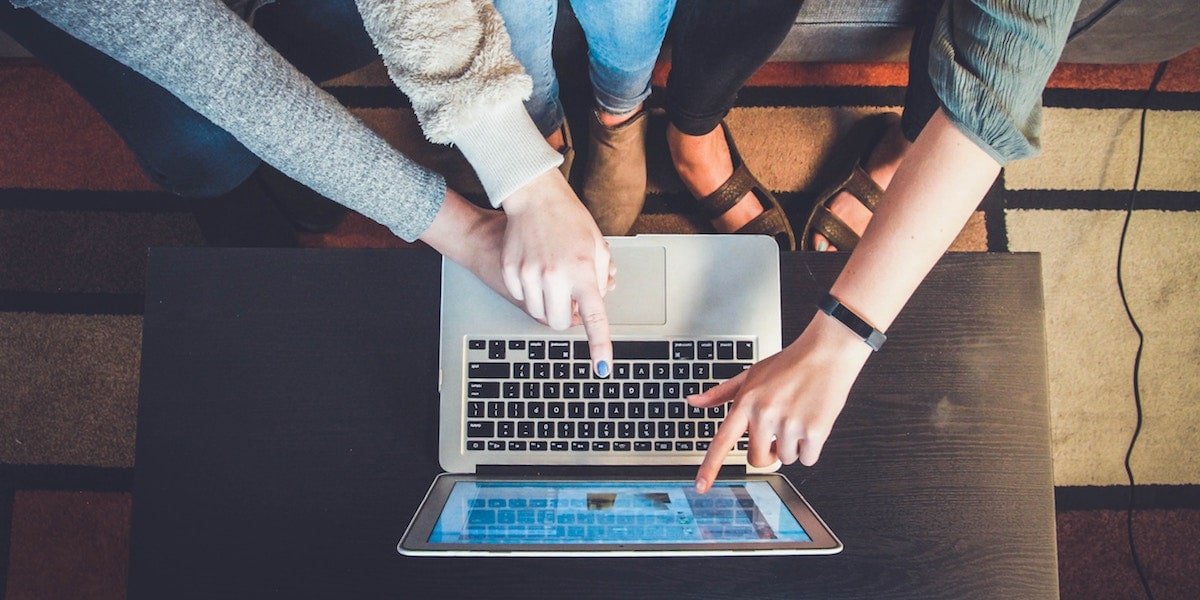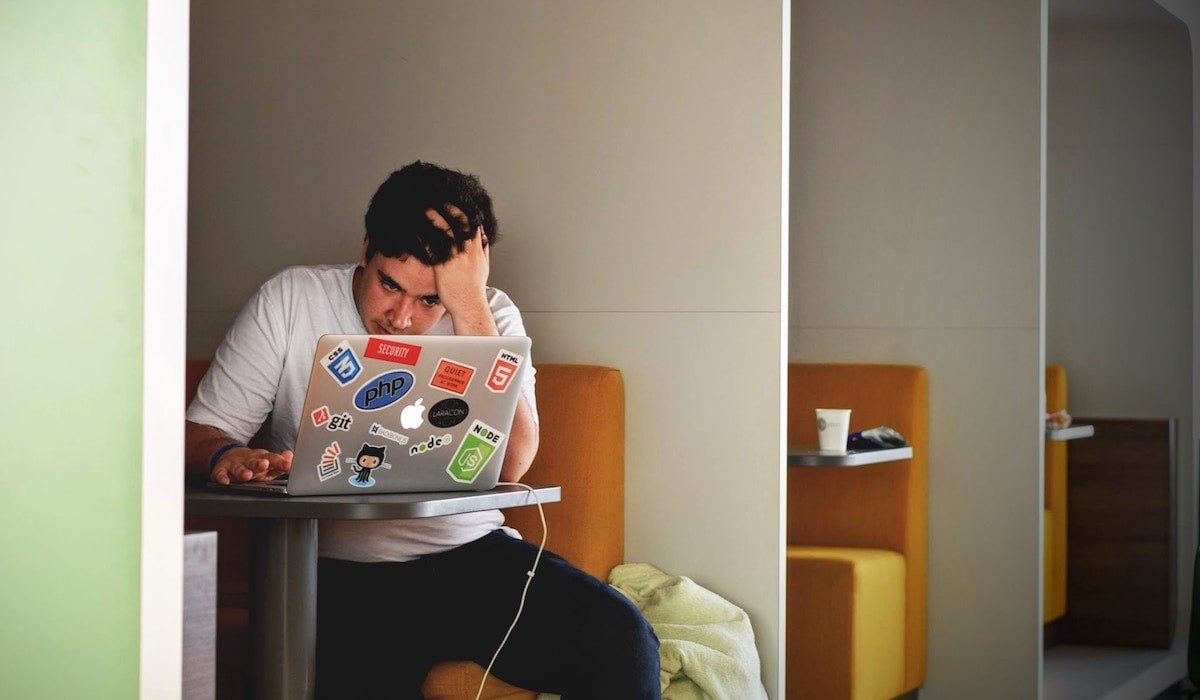When was the last time you gave 100% of your attention to, well, anything? Even now as I’m “focusing” on writing this post, I have 9 open browser tabs, 2 text edit docs, and a desktop filled with files, folders, and documents competing for my attention. All despite the fact I’m trying to practice “single-tasking”—doing one thing at a time.
By now, you’ve probably heard that multitasking—attempting to do more than one thing at a time—is a myth.
Not only is multitasking more stressful and less productive than single-tasking, but technically it’s not even possible. What feels like doing multiple tasks at a time is actually our brain frantically switching back and forth.
If you want to get tasks done at a higher quality and in less time, it pays dividends to focus on one at a time. So why don’t we? And how can we learn to start harnessing the power of single-tasking?
The modern workplace is a single tasker’s nightmare

There’s a reason we’re so drawn to the idea of multitasking (even if we know it isn’t good for us). Just look at the startup mantras slowly leaking into the mainstream and it’s clear we’re under immense pressure to make the most of the time we have each day—”Move fast and break things,” “Do more with less,” etc…
As Jason Fitzpatrick writes in Lifehacker:
“Most of us didn’t fall into the habit of multitasking strictly out of fear for our jobs. Most of us fell into the habit because the allure of getting more done is too strong to pass up. We’re all working with the same number of minutes in the day, and—in theory—the people who can somehow squeeze in even 5% more work into the time they’ve got come out ahead, right?”
Yet even if you know how flawed that argument is, you’re probably still trying to do more than one thing. Even right now.
In a 2010 study, Harvard psychologists Matthew Killingsworth and Daniel Gilbert found that people spend almost 47% of their waking hours thinking about something other than what they’re currently doing. And that has its own associated cost. As the authors write:
“The ability to think about what is not happening is a cognitive achievement that comes at an emotional cost.”
Yet the allure of multitasking goes beyond just keeping up with workplace pressure. Long stretches of focused time are difficult and take serious levels of concentration. Whereas bouncing between tasks keeps things fresh and exciting (and more likely to give us a hit of dopamine—the “reward chemical” in our brain).
Despite knowing multitasking does nothing good for us, its hold on us comes from our natural aversion to boredom and anxiety. As neuroscientist Adam Gazzaley of the University of California explains in Quartz:
“[Multitasking] feels fun, even if it’s draining our cognitive reserves.”
Single-tasking rebuilds your fractured focus and stretches your attention span
So if we’re evolutionarily predisposed to multitask and our workplace culture promotes it, how can we break free? A good first place is to understand the benefits of single-tasking.
Here’s just a few:
Single-tasking rebuilds your focus by forcing you to sit and work through complex problems
For most multitaskers, it’s hard to even remember what it feels like to spend long chunks of time on a single task. In fact, our research found that, on average, knowledge workers switch between apps and websites more than 300 times a day and check their email or IM every 6 minutes.
Unfortunately, all those switches come with a cost. When professor Anthony Wagner, director of the Stanford Memory Laboratory examined a decade of studies on multitaskers, he found:
“There’s not a single published paper that shows a significant positive relationship between working memory capacity and multitasking.”
As Catherine Price explains in her book How to Break up With Your Phone, focusing for long periods of time is unnatural for our brains. And the more you allow yourself to multitask and get distracted, the more than becomes your natural state.
Practicing single-tasking, on the other hand, not only helps to lower the number of switches you do each day but also rebuilds your focus and attention.
Single-tasking is a path to less stress (at work and at home)
The simple fact that multitasking takes more energy than single-tasking has compounding effects. Suddenly, because your attention is elsewhere, simple tasks take longer than they should, throwing off your daily schedule, and stressing you out because you fall behind.
When you fully focus on a single task, however, you’re more likely to get in a state of flow, feel less stress, and actually enjoy the work you’re doing.
You’ll get more done
Single-tasking not only helps you get better at managing your time (as you know how long tasks will actually take you and can schedule accordingly). But it also helps you get more done as you cut the “crap” out of your day.
As Gary Keller explains in his book The ONE Thing:
“When you want the absolute best chance to succeed at anything you want, your approach should always be the same. Go small.”
According to Keller, “going small” means ignoring all the things you could do and focus on what you should. This means recognizing that not all things matter equally and that our best results come when we find the things that matter most.
“It’s a tighter way to connect what you do with what you want. It’s realizing that extraordinary results are directly determined by how narrow you can make your focus.”
Focusing on one thing can even make you more creative
It might sound boring to just work on one thing for a long period of time, but constraints are actually incredible for boosting creativity.
Sitting through the initial discomfort of single-tasking unlocks your brain’s potential. It forces you to dig deeper and find results, paths, and options you hadn’t thought of. As research has found, when we face scarcity in resources (like time and attention) we give ourselves “freedom to use resources in less conventional ways—because we have to.”
This is why “makers”—people who spend their days on tasks like writing or coding—need long periods of uninterrupted time. Single-tasking demands a mental license and freedom that otherwise goes untapped.
A neuroscientist’s 3-step guide to single-tasking

Now, I know what you’re thinking: Sure, single tasking sounds great in practice, but the realities of my life and job necessitate some level of multitasking.
We all get distracted or feel the need to try to do more. But ironically, when we try to do more by multitasking, we end up doing less. To wean yourself off your addiction to multitasking, here are a few baby steps you can take towards single tasking from University of California neuroscientist, Adam Gazzaley:
Step 1: Get rid of your distractions (including your phone)
We’re incredibly influenced by our work environment. Just the act of having multiple browser tabs open can pull at your attention and cause you to multitask. In fact, we found that knowledge workers on average spend more than 40% of their day multitasking with communication tools alone.
And it’s not just notifications that push us to multitask. Gazzaley explains how even just having your phone in view is a distraction and leads to multitasking.
To single task, start by putting your phone away in a bag or another room. And while you’re at it, remove yourself from other distractions. Close your email client and IM or put your computer into Do Not Disturb mode.
If you find your willpower slipping, you can use a tool like RescueTime to block distracting websites while you single task through your day.
Step 2: Start small, but set a timer
No one expects you to go from distracted and multitasking to hours on end of focused work.
As Gazzaley writes, you can start with as little as 5 minutes of distraction-free and single-tasking focused time a day. When that starts to feel easy, try something like the Pomodoro technique (25 minutes of work followed by a five-minute break).
Pretty much everyone can take 25 minutes out of their day to be focused. But to reduce your fears that the workplace is burning to the ground while you’re focused, set specific times to check your emails and IM and be candid with your teammates about your focused time.
The key is in finding a schedule that works for you—providing both the focused time to single task and the flexibility to react to the distractions that inevitably come up.
Step 3: Take a meaningful break between each single tasking session
Single-tasking takes effort and energy. And to keep up with its demands, you need to take periodic breaks to replenish your stores.
According to Gazzaley, it’s important to take regular breaks where you get away from all your screens—ideally outside. A 2008 study of children with ADHD found that those who took a walk through a park performed better on subsequent concentration exercises than those who wandered through a city.
Do one thing at a time. And do it well.
When we try to multitask, we end up killing our productivity, becoming more stressed, and ultimately less happy. Maybe worst of all, multitasking costs more than just your time. It can actually cause you to make poor financial choices.
As Dr. Benartzi of the behavioral decision-making group at UCLA explains:
“The complexity of financial decisions benefits from a reflective thought process, so that we can marshal all our cognitive resources on navigating the necessary trade-offs.”
It’s ironic that we get more done when we slow down. And while single-tasking isn’t the solution to all your workplace problems, it’s a great place to start.


